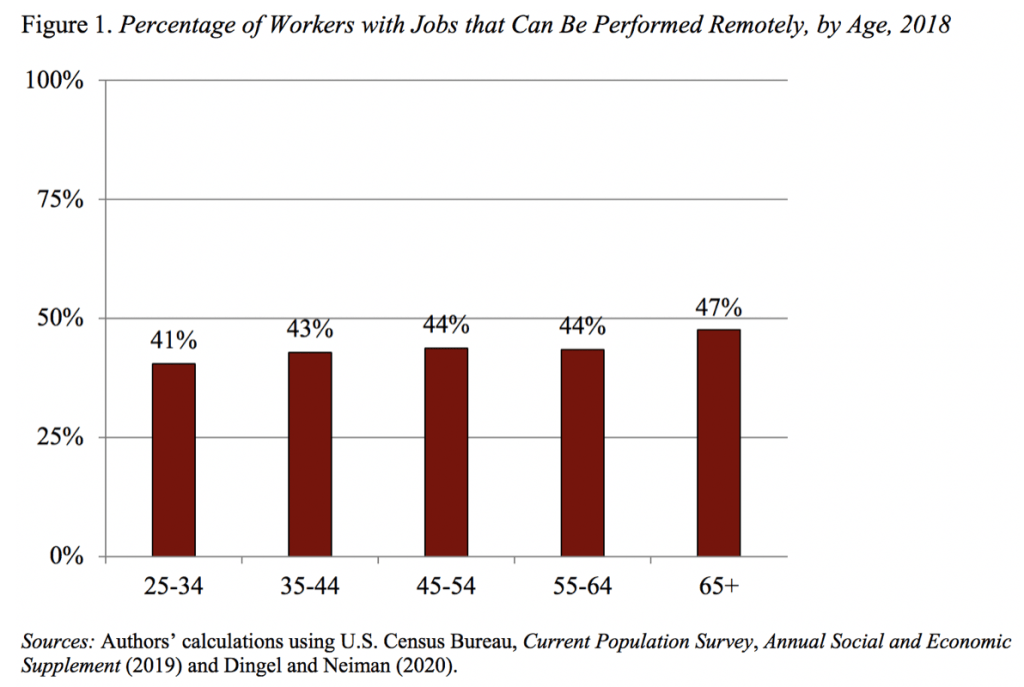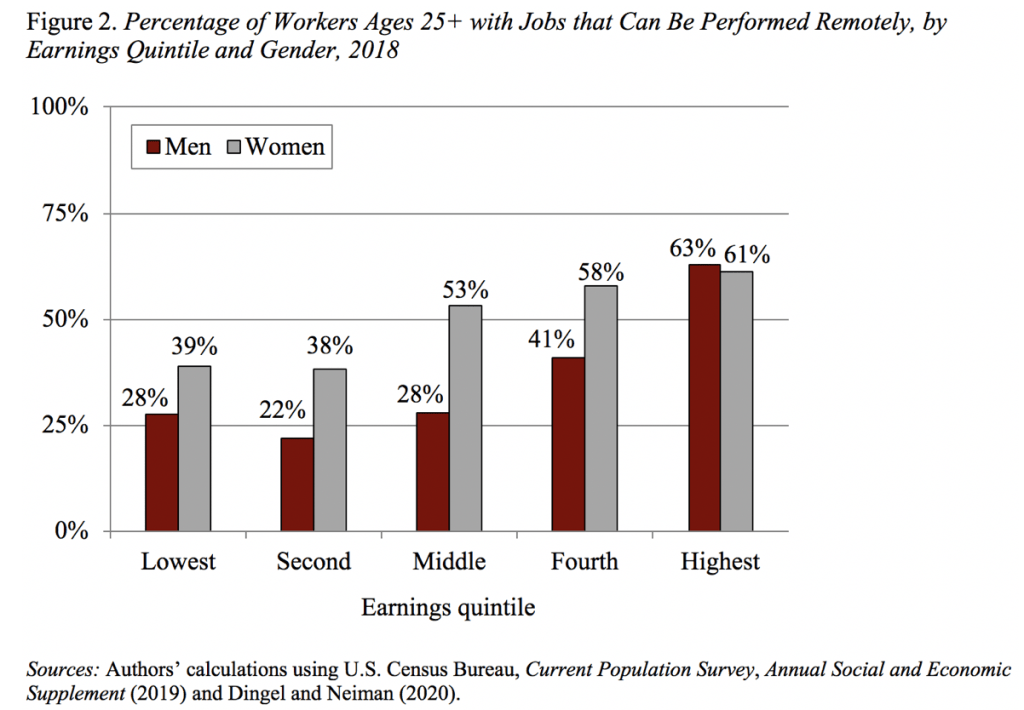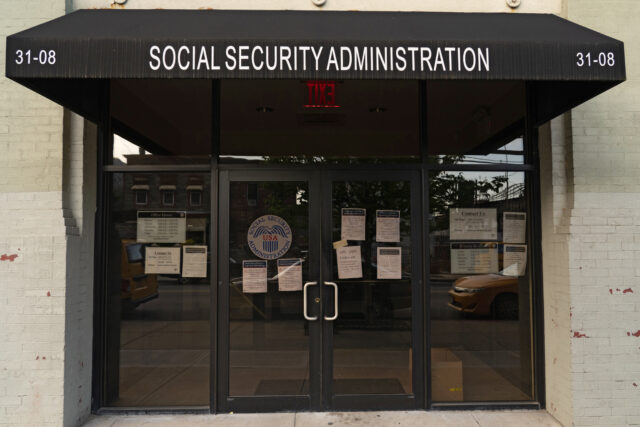
Older Workers Are as Well Situated as Younger Workers to Work Remotely
Alicia H. Munnell is a columnist for MarketWatch and senior advisor of the Center for Retirement Research at Boston College.
But, in both cases only about 45 percent are in jobs where remote work is possible.
A major issue concerning the COVID-19 pandemic is how it will affect future employment options for older workers. Public health officials have made it clear that older people are more at risk of complications from the virus, meaning they may be the last to return to work. Therefore, their ability to survive financially will depend on their ability to work from home. So, the question becomes how many older workers can work from home.
We just completed a study that builds on recent research that used information from the Occupational Information Network (O*NET) survey to identify occupations where work could be done from home. The researchers essentially eliminated occupations where remote work seemed impossible: for example, the average respondent reported using email less than once a week or dealing with violent people or performing physical activities were an important component of the job.
With the occupations in hand, we turned to the Annual Social and Economic Supplement of the Census Bureau’s Current Population Survey (CPS), which provides information on the age, earnings, education, and gender of a large sample of American workers. We then linked the two surveys by determining whether or not each individual in the CPS was in an occupation where he or she could work remotely and recorded the demographic characteristics of those workers.
The somewhat surprising result is that roughly the same percentage of older as younger people can work from home. If anything, the percentage with potential remote jobs increases slightly with age (see Figure 1).

The results also indicate that the ability to work remotely is strongly related to earnings and gender. As shown in Figure 2, the percentage rises from about 30 percent for the lower quintiles to about 60 percent for the top quintile. The share in occupations where jobs can be done remotely is also much higher for women than men. This finding is consistent with the literature showing that women are more likely to opt to work in jobs with more flexibility.

The bottom line is that if your starting assumption was that older workers were less likely to work in occupations where they could do their jobs remotely, then the findings by age are indeed good news. On the other hand, the fact that about 55 percent of older workers cannot work remotely means that many may face re-entering what they view as unsafe work environments. And, given that low-paid workers are less likely to be in occupations where they can work remotely, the opening up of the economy means that they will face either the health risk of returning to work before the virus is under control or the economic risk of exhausting their resources.







